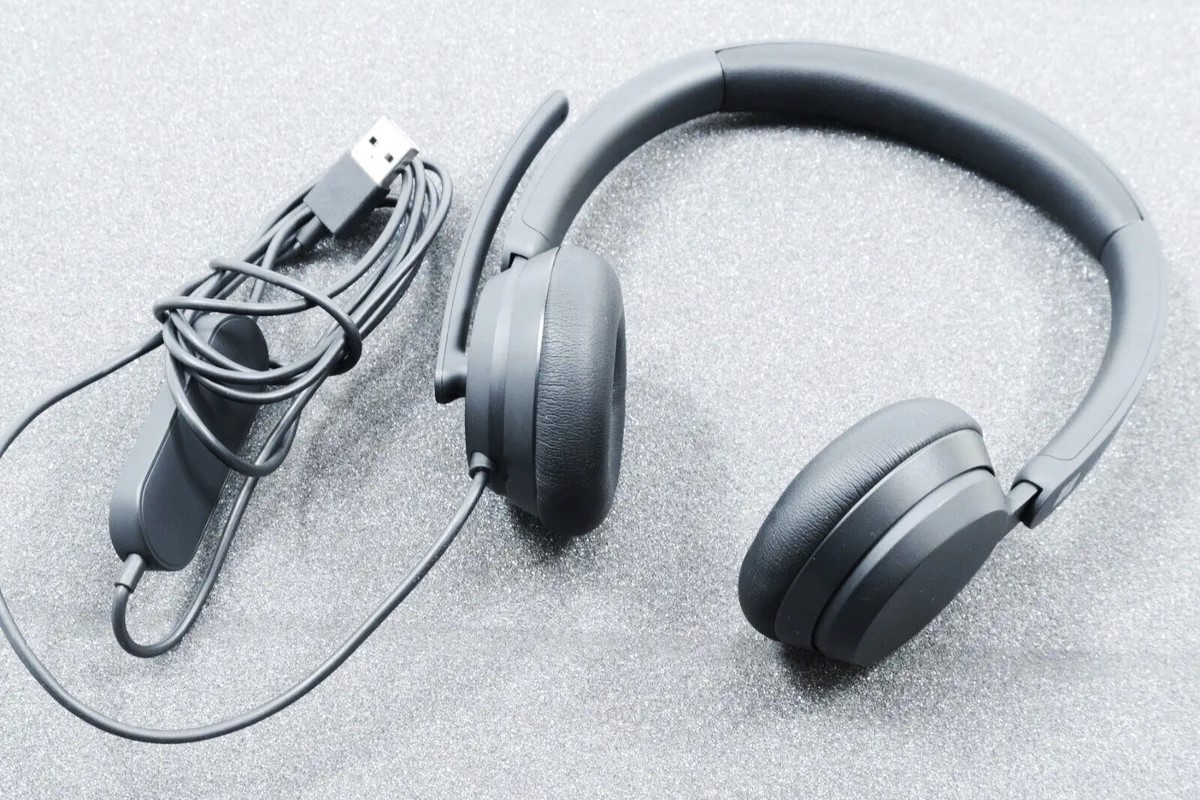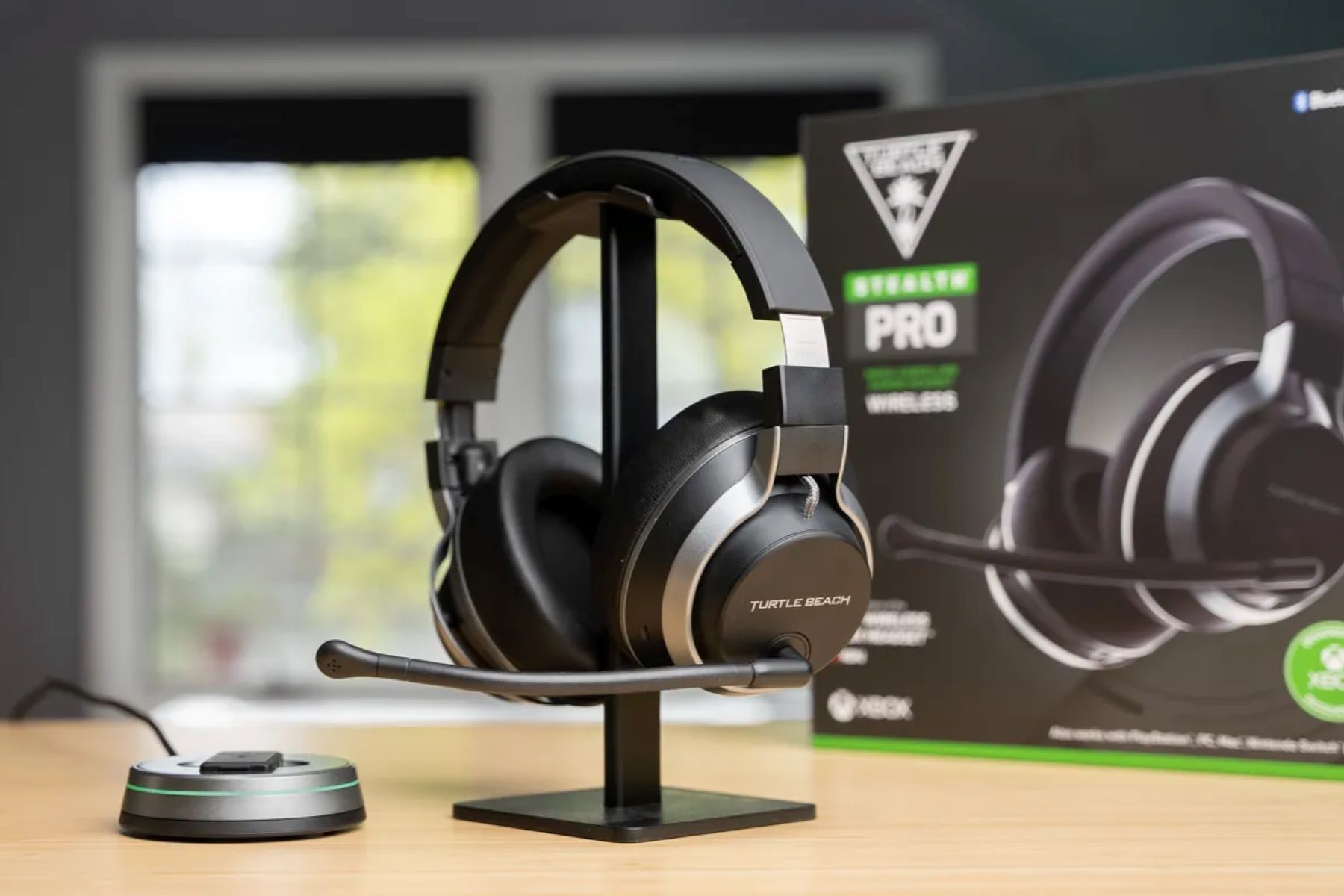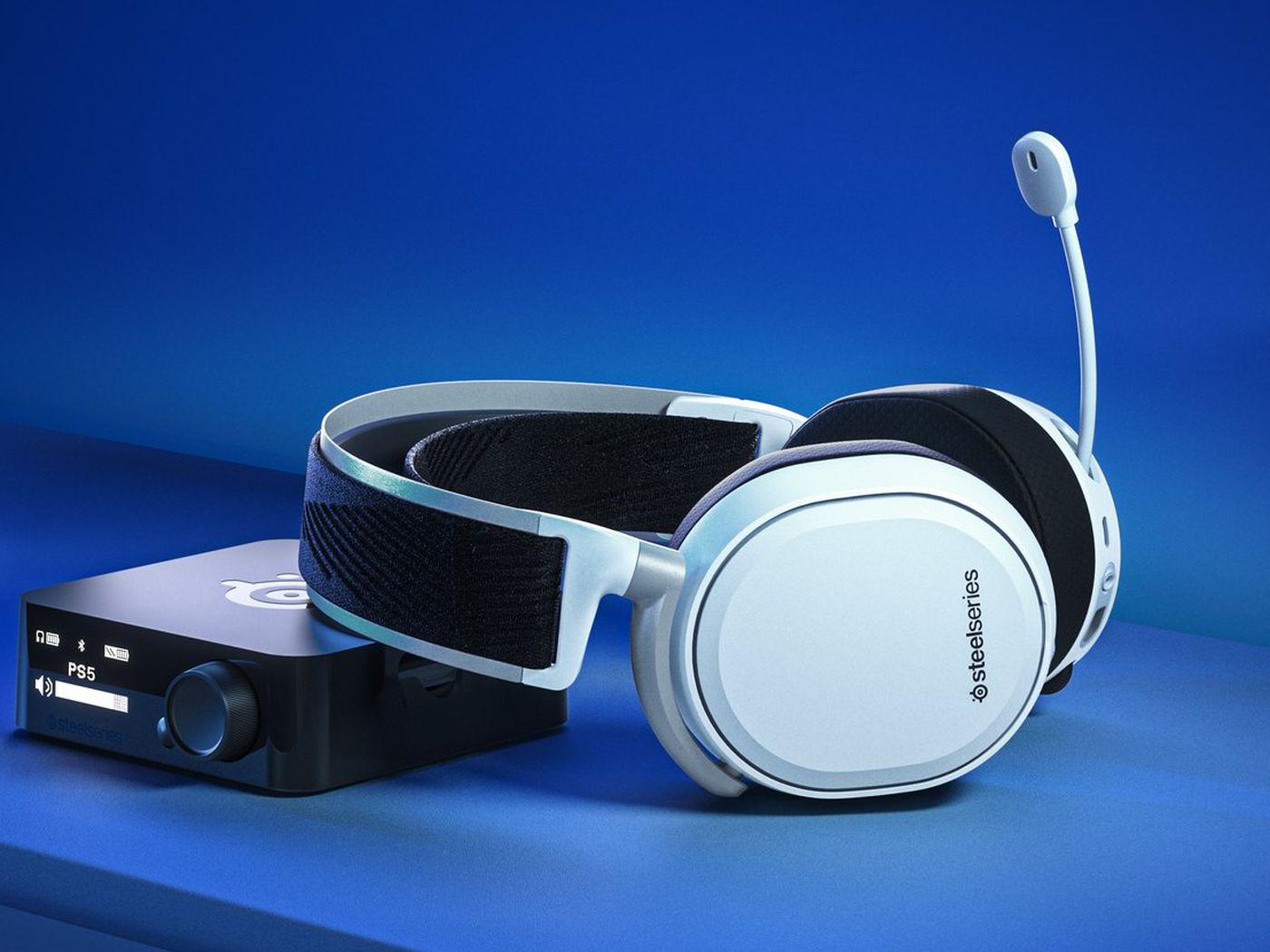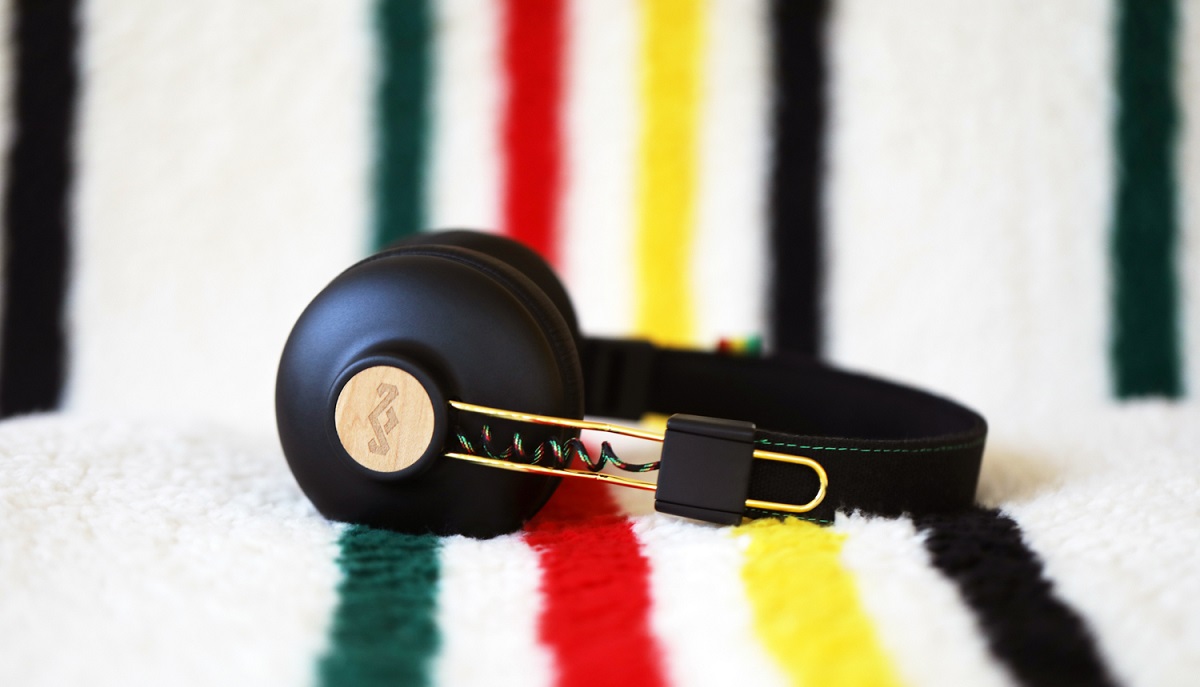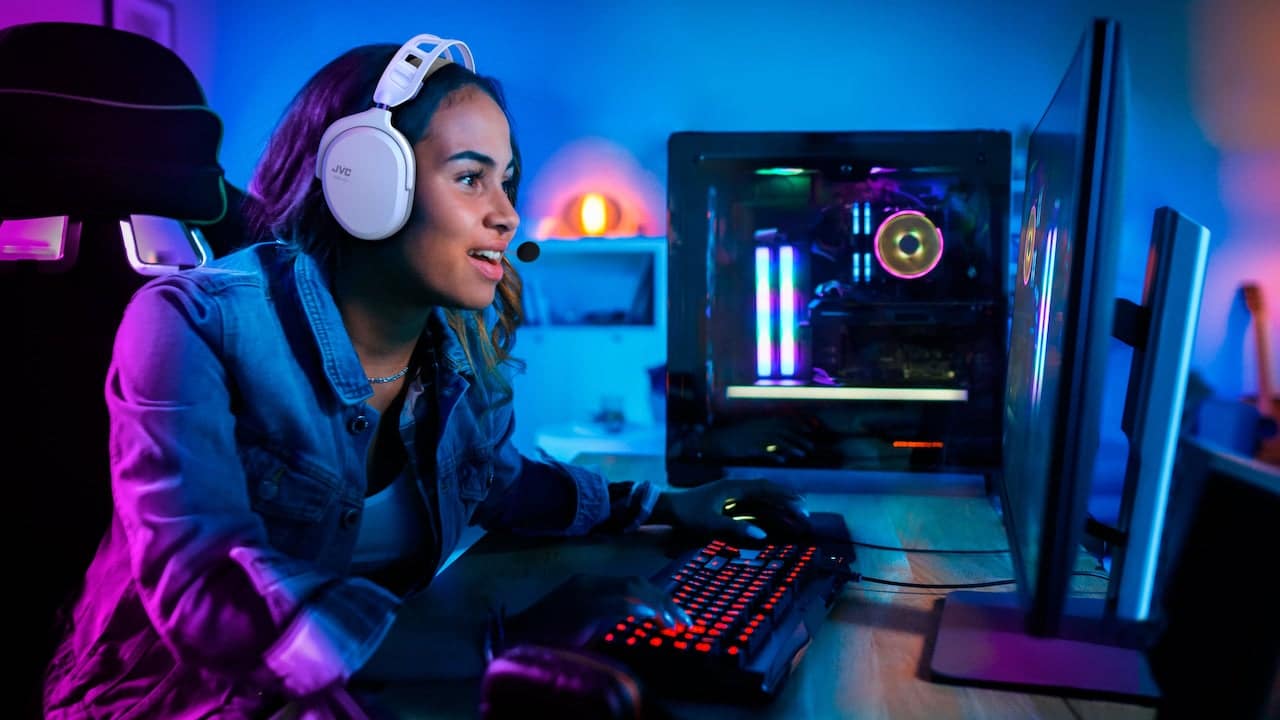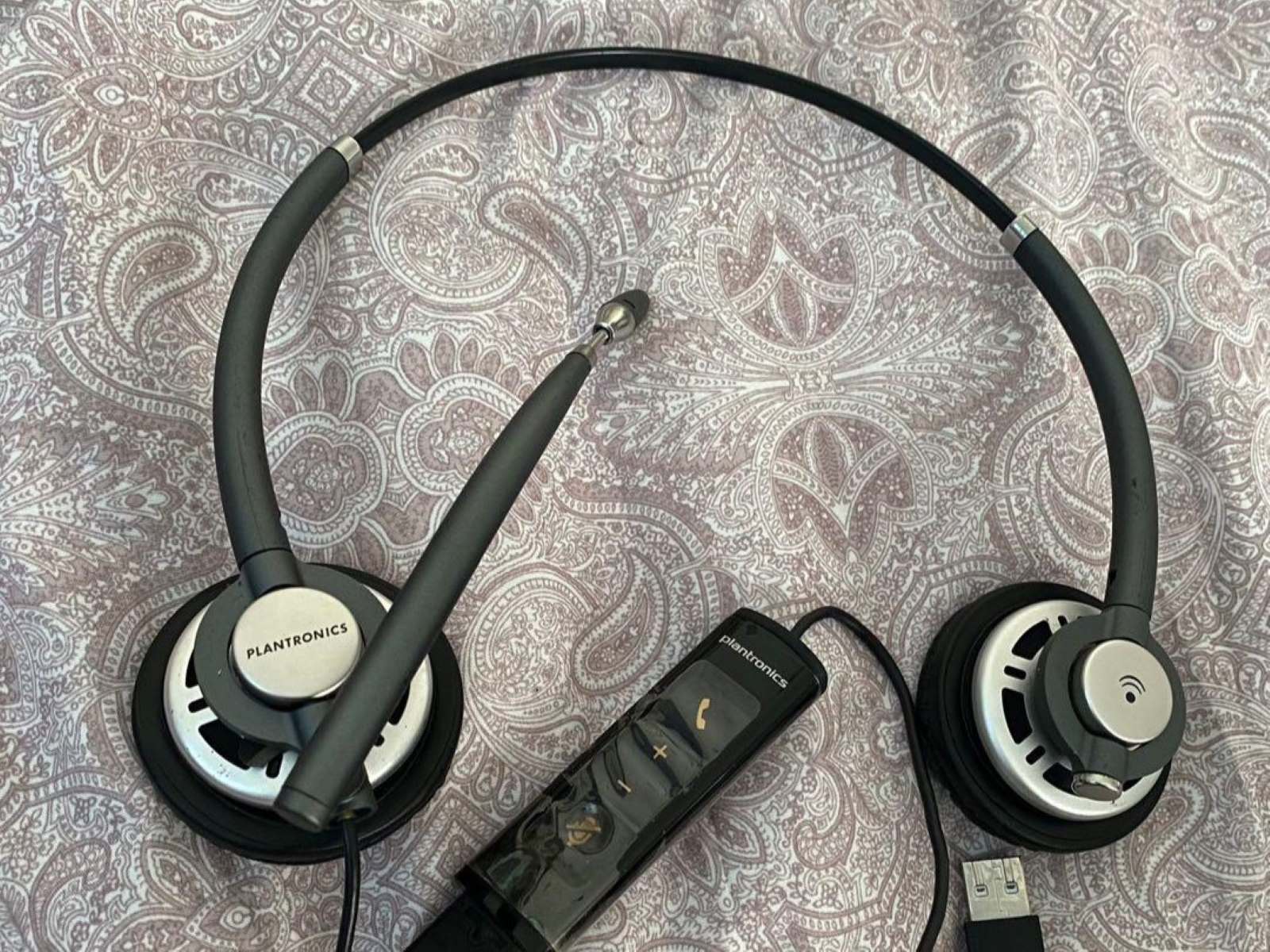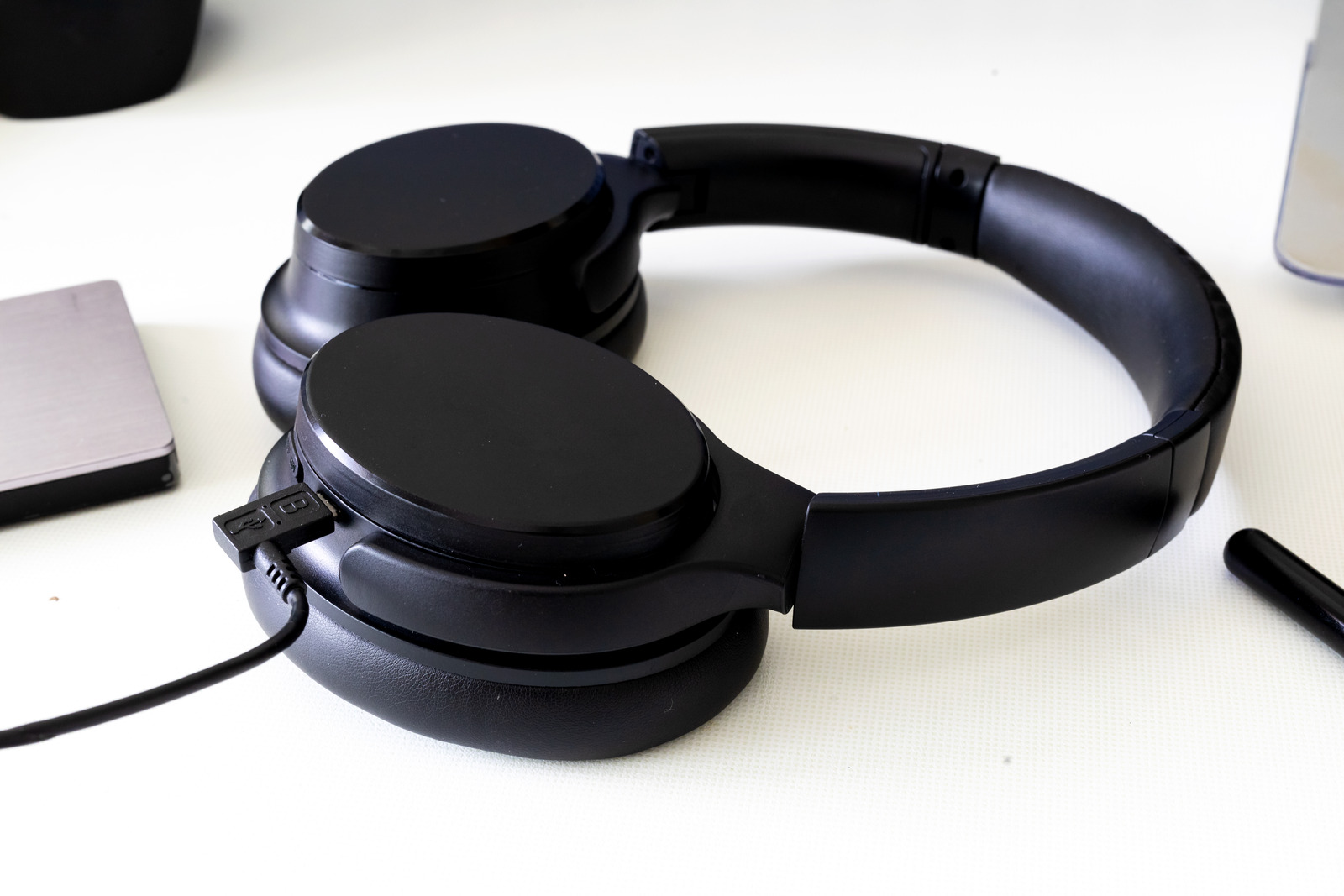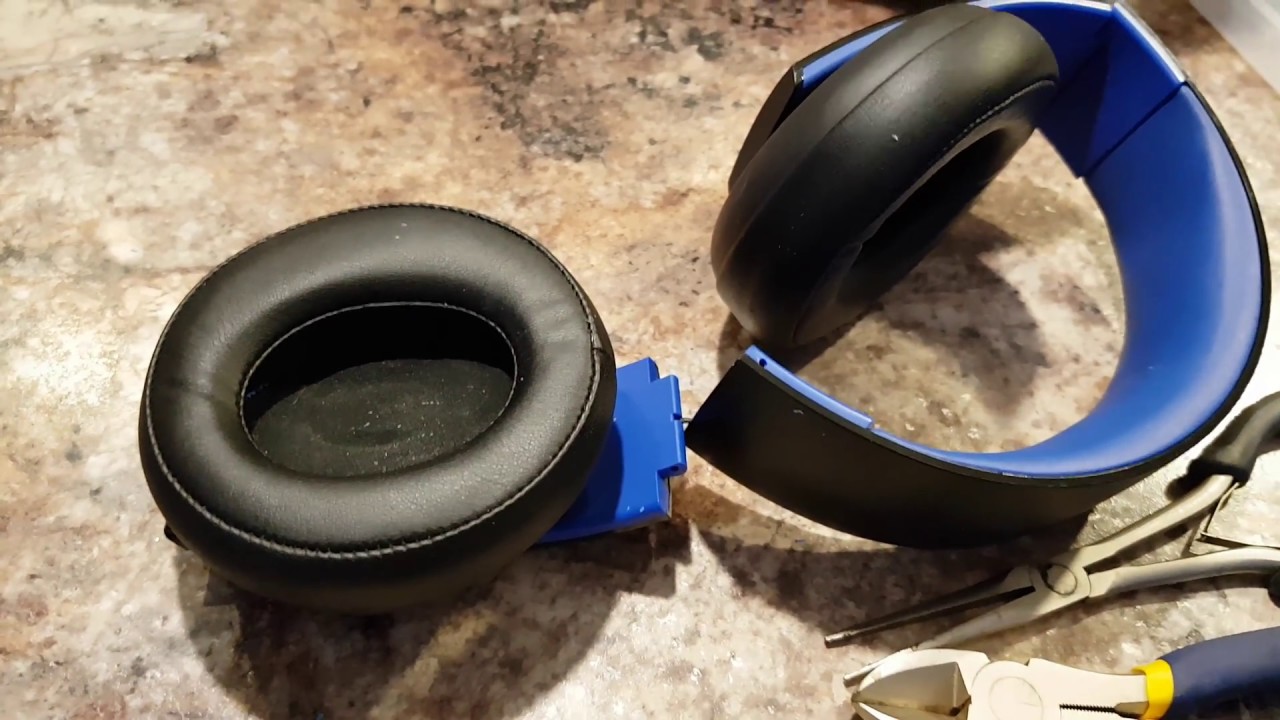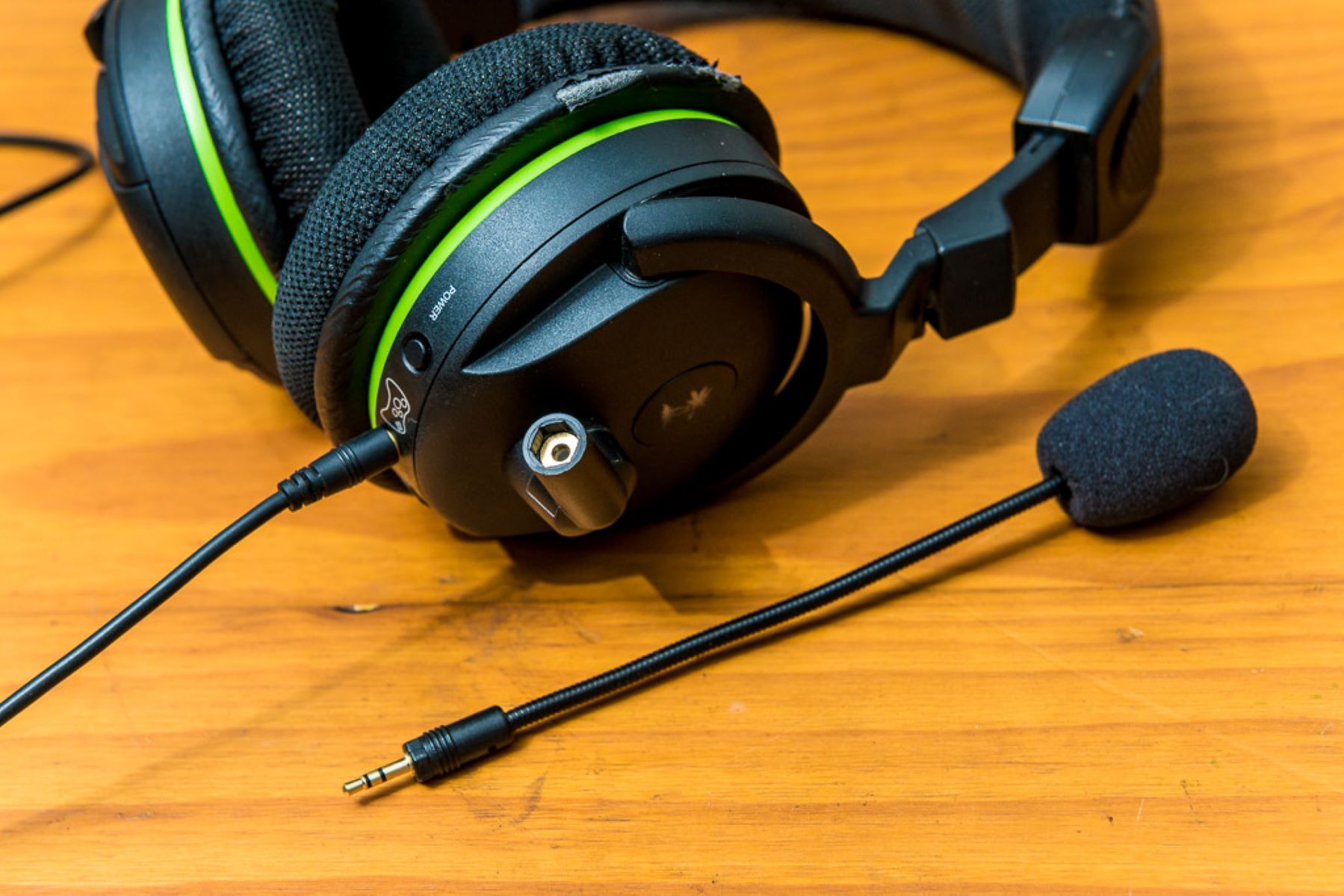Introduction
USB headsets have become an indispensable accessory for many individuals, offering a convenient and immersive audio experience for various activities, from gaming and virtual meetings to listening to music and watching movies. However, despite their widespread use, USB headsets are not immune to technical glitches and operational hiccups. These issues can be frustrating, disrupting the seamless flow of communication and entertainment. Fortunately, understanding the common problems and implementing effective troubleshooting methods can help users overcome these challenges and restore their USB headsets to optimal functionality.
In this comprehensive guide, we will delve into the prevalent issues that users encounter with USB headsets, unravel the root causes behind these problems, and provide practical solutions to address them. Whether you're grappling with sound distortion, microphone malfunctions, connectivity issues, or other perplexing dilemmas, this article aims to equip you with the knowledge and strategies needed to troubleshoot and resolve these vexing concerns.
By familiarizing ourselves with the intricacies of USB headset functionality and the potential stumbling blocks that can impede their performance, we can navigate through the troubleshooting process with confidence and precision. From unraveling the mysteries of driver compatibility to deciphering the nuances of hardware malfunctions, we will embark on a journey to demystify the enigmatic realm of USB headset woes. Through this exploration, we aim to empower users with the insights and expertise required to conquer these challenges and reclaim the seamless audio experience that USB headsets are designed to deliver.
So, buckle up and prepare to embark on a voyage of discovery as we unravel the mysteries of USB headset troubleshooting and unveil the arsenal of fixes that can vanquish even the most stubborn of audio adversaries. Let's dive into the heart of the matter and equip ourselves with the knowledge and tools needed to conquer USB headset woes once and for all.
Common USB Headset Problems
USB headsets, while incredibly convenient and versatile, are susceptible to a range of common issues that can impede their functionality and diminish the user experience. Understanding these prevalent problems is crucial for effectively troubleshooting and resolving them. Here are some of the most frequently encountered USB headset problems:
-
Sound Distortion: Users often encounter issues related to sound quality, such as crackling, static, or muffled audio. This can significantly detract from the immersive experience that USB headsets are intended to provide.
-
Microphone Malfunctions: Another common problem involves the microphone not functioning as expected. This can manifest as the microphone not picking up sound, producing distorted audio, or failing to transmit the user's voice clearly.
-
Connectivity Issues: USB headsets may experience connectivity problems, leading to intermittent audio output or complete disconnection from the device. This can disrupt ongoing activities and cause frustration.
-
Driver Compatibility: Incompatibility with device drivers can result in erratic behavior or complete failure of the USB headset to function properly. This often requires intervention to ensure seamless compatibility.
-
Hardware Malfunctions: Over time, wear and tear can lead to hardware issues such as loose connections, damaged cables, or malfunctioning components, impacting the overall performance of the USB headset.
-
Volume Control Problems: Users may encounter difficulties with volume adjustment, including the inability to control volume levels or erratic changes in audio output.
-
Echo and Feedback: USB headsets may exhibit echo or feedback issues, causing the user to hear their own voice or other audio feedback, disrupting the communication or listening experience.
Understanding these common problems is the first step towards effectively troubleshooting and resolving USB headset issues. By identifying the root causes behind these challenges, users can implement targeted solutions to restore their USB headsets to optimal performance.
Troubleshooting Steps
When faced with USB headset problems, it's essential to approach the troubleshooting process systematically and methodically. By following a structured set of steps, users can effectively diagnose the root cause of issues and implement targeted solutions to restore their USB headsets to optimal functionality. Here's a comprehensive guide to the troubleshooting steps for addressing common USB headset problems:
-
Check Physical Connections: Begin by inspecting the physical connections of the USB headset, ensuring that the USB plug is securely inserted into the appropriate port on the device. Additionally, examine the headset's audio and microphone jacks for any signs of damage or debris that may be impeding proper connectivity.
-
Verify Device Compatibility: Confirm that the USB headset is compatible with the device it's connected to. Check for any compatibility issues with the operating system, device drivers, or hardware specifications that could be causing the problems.
-
Test on Different Devices: To isolate the source of the issue, test the USB headset on a different device. If the problems persist across multiple devices, it indicates a potential hardware or headset-related issue. Conversely, if the issues are exclusive to a particular device, the problem may lie with the device's settings or compatibility.
-
Update Device Drivers: Ensure that the device's drivers are up to date, as outdated or incompatible drivers can lead to USB headset malfunctions. Visit the manufacturer's website or use device management tools to download and install the latest drivers for the device the headset is connected to.
-
Adjust Audio Settings: Access the audio settings on the device and verify that the USB headset is selected as the default audio input and output device. Adjust the audio levels and settings to ensure that the USB headset is configured correctly for optimal performance.
-
Inspect for Physical Damage: Thoroughly examine the USB headset for any signs of physical damage, such as frayed cables, loose connections, or damaged components. Address any visible damage and ensure that all components are securely connected and functioning as intended.
-
Reset and Reboot: In some cases, a simple reset or reboot can resolve intermittent USB headset issues. Disconnect the headset, reboot the device, and then reconnect the headset to see if the problems persist.
-
Utilize Troubleshooting Tools: Many devices offer built-in troubleshooting tools for diagnosing audio and connectivity issues. Use these tools to run diagnostics and identify any specific problems that may be affecting the USB headset's performance.
By following these troubleshooting steps, users can systematically address common USB headset problems and work towards restoring seamless audio functionality. If the issues persist despite these efforts, it may be necessary to seek professional assistance or consider potential hardware replacements to resolve the underlying concerns.
Potential Fixes for USB Headset Issues
Once the common USB headset problems have been identified and the troubleshooting steps have been diligently followed, it's time to explore potential fixes to address these vexing issues. By implementing targeted solutions, users can effectively tackle the root causes of USB headset malfunctions and restore these essential audio accessories to optimal functionality. Here are some potential fixes for USB headset issues:
1. Driver Updates and Reinstallations
Ensuring that the device's drivers are up to date is paramount in resolving USB headset problems. Users should visit the manufacturer's website or utilize device management tools to download and install the latest drivers compatible with the operating system. In cases where driver conflicts persist, reinstalling the drivers can help rectify compatibility issues and restore seamless functionality.
2. Cable and Connection Maintenance
Inspecting the USB headset cables for damage and ensuring secure connections can mitigate many connectivity and audio issues. Users should carefully examine the cables for fraying, kinks, or other signs of wear and tear, replacing them if necessary. Additionally, cleaning the USB plug and audio jacks to remove debris can improve connectivity and audio transmission.
3. Firmware Updates
Some USB headsets may require firmware updates to address performance issues and enhance compatibility with various devices. Users should check the manufacturer's website for firmware updates and follow the provided instructions to ensure that the headset's firmware is current, potentially resolving persistent problems.
4. Audio Settings Optimization
Adjusting the audio settings on the connected device can significantly impact the performance of the USB headset. Users should verify that the headset is selected as the default audio input and output device, and fine-tune audio levels and settings to optimize performance. This includes adjusting microphone sensitivity and volume levels to ensure clear and balanced audio transmission.
5. Hardware Inspection and Repair
Thoroughly examining the USB headset for physical damage and malfunctioning components is crucial. Users should address any visible damage, such as loose connections or damaged components, and consider seeking professional repair services if the issues are beyond DIY solutions. In some cases, replacing damaged components or cables may be necessary to restore full functionality.
6. Compatibility Checks
Verifying compatibility with the connected device and operating system is essential. Users should cross-reference the USB headset's specifications with the device's requirements to ensure seamless integration. Incompatibility issues may require users to explore alternative headset options that align with the device's specifications.
7. Manufacturer Support and Warranty Services
In instances where persistent USB headset issues cannot be resolved through DIY efforts, seeking assistance from the manufacturer's support resources or leveraging warranty services is advisable. Manufacturers may provide troubleshooting guidance, repair services, or warranty replacements to address unresolved problems and ensure user satisfaction.
By exploring these potential fixes and implementing targeted solutions, users can effectively address a wide array of USB headset issues, restoring these essential audio accessories to their intended functionality and enjoying a seamless audio experience across various activities.
Conclusion
In conclusion, the realm of USB headset troubleshooting is a multifaceted landscape encompassing a diverse array of common problems, potential fixes, and systematic troubleshooting steps. By embarking on this journey of discovery, users can equip themselves with the knowledge and strategies needed to conquer USB headset woes and reclaim the seamless audio experience that these accessories are designed to deliver.
As we navigated through the prevalent USB headset problems, from sound distortion and microphone malfunctions to connectivity issues and driver compatibility challenges, we gained valuable insights into the complexities that can impede the optimal functionality of these audio accessories. Understanding these common issues is pivotal for effectively diagnosing and addressing the root causes of USB headset malfunctions.
The structured troubleshooting steps provided a roadmap for users to systematically approach the resolution of USB headset problems. By meticulously checking physical connections, verifying device compatibility, and utilizing troubleshooting tools, users can methodically diagnose and address the issues affecting their USB headsets. These systematic steps empower users to take a proactive stance in resolving audio malfunctions and connectivity challenges.
Exploring the potential fixes for USB headset issues unveiled a diverse arsenal of solutions, from driver updates and cable maintenance to firmware updates and hardware inspection. By implementing these targeted fixes, users can effectively mitigate the common problems that plague USB headsets, restoring them to optimal functionality and ensuring a seamless audio experience across various activities.
Ultimately, the journey through USB headset troubleshooting and fixes culminates in the empowerment of users to conquer the challenges that may arise, ensuring that these essential audio accessories continue to enrich their virtual meetings, gaming experiences, and entertainment endeavors. By embracing the knowledge and strategies presented in this guide, users can navigate the complexities of USB headset functionality with confidence and precision, reclaiming the immersive audio experience that these accessories are designed to provide.
As we conclude this comprehensive exploration, let us embark on our audio adventures with renewed confidence, armed with the insights and expertise needed to conquer USB headset woes once and for all. Here's to seamless audio experiences and uninterrupted communication, powered by the resilience and knowledge gained through our journey into the realm of USB headset troubleshooting and fixes.







